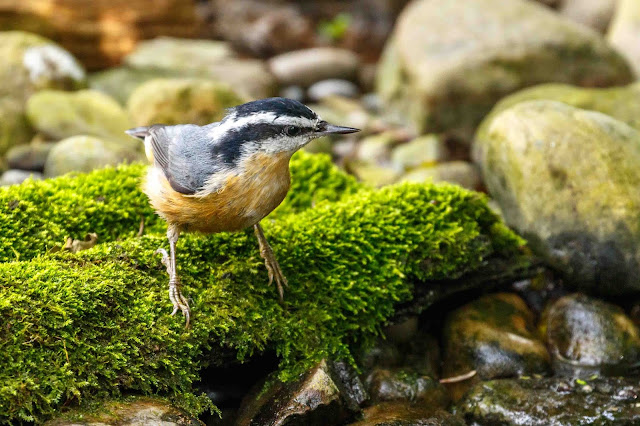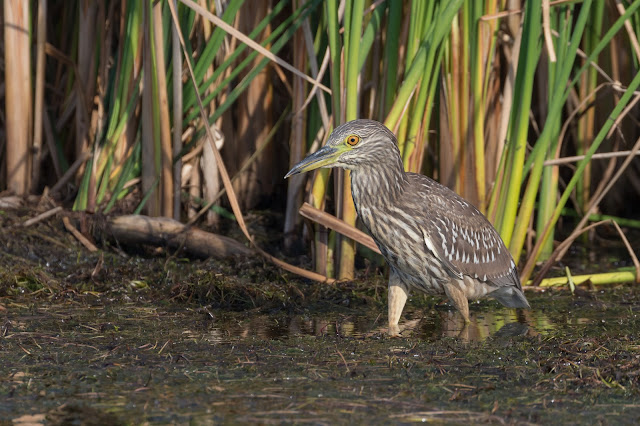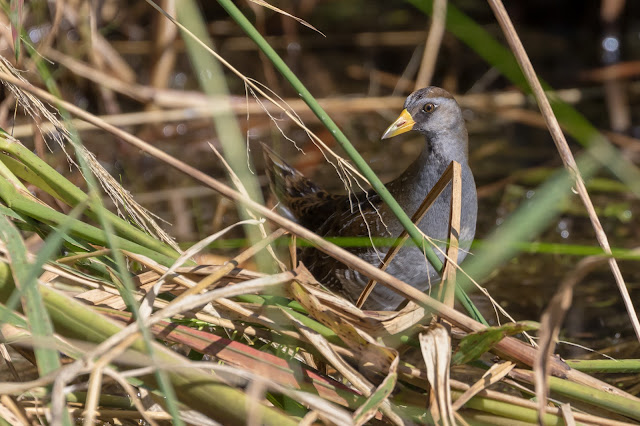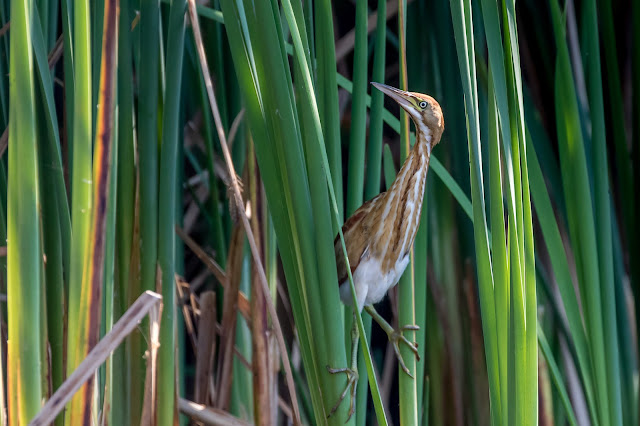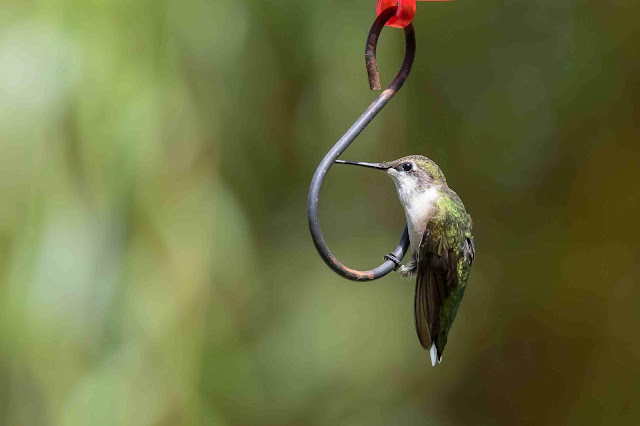Common yellowthroat warbler, Rondeau Provincial Park, Ontario, Canada, Sept 30, 2018

While not rare it is an infrequent visitor to the pond. Geothlypis trichas Adult Common Yellowthroats sometimes fall prey to carnivorous birds such as Merlins and Loggerhead Shrikes. Occasionally they have more unexpected predators: one migrating yellowthroat was eaten by a Chuck-will's-widow, while another was found in the stomach of a largemouth bass. source - https://www.allaboutbirds.org/guide/Common_Yellowthroat





